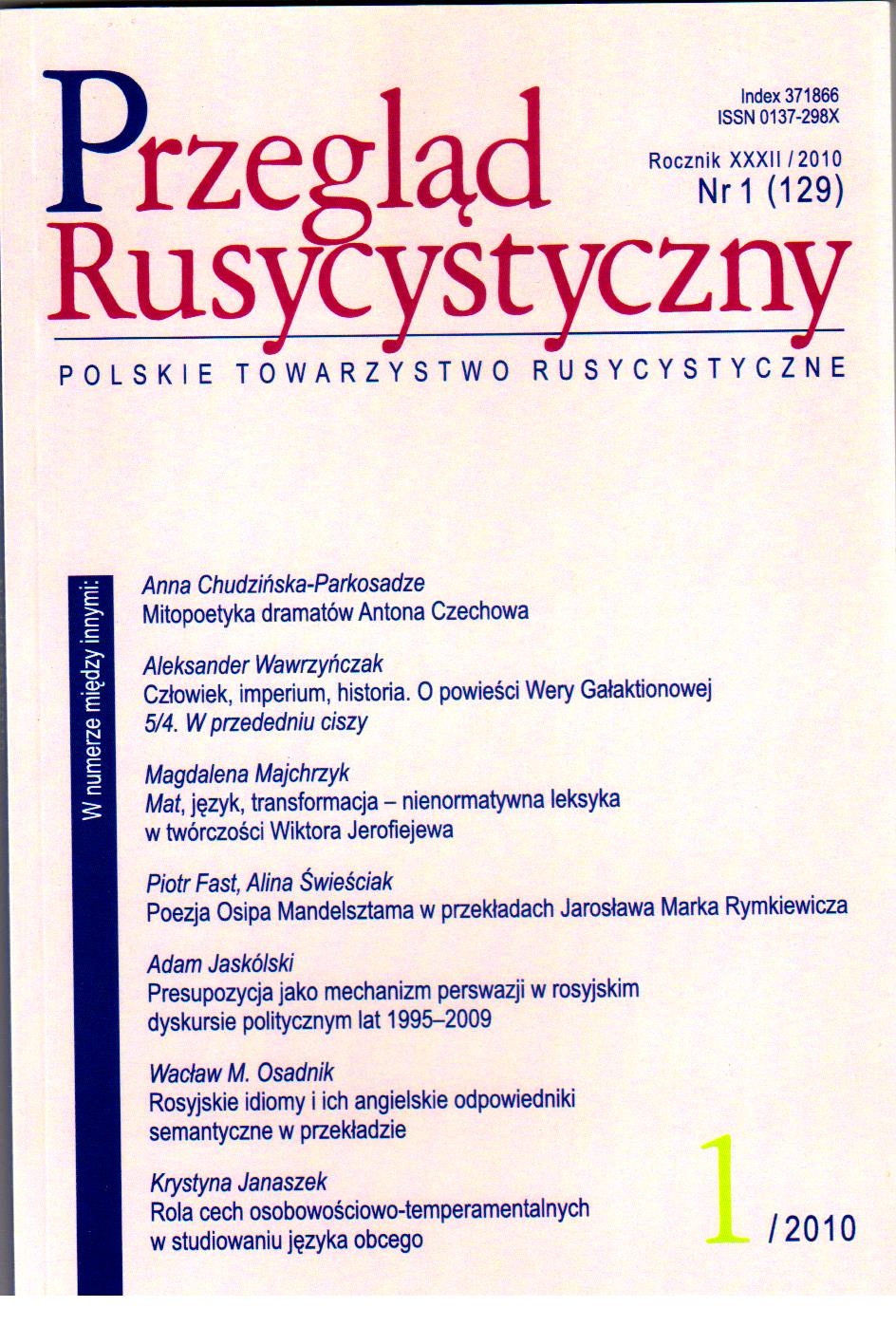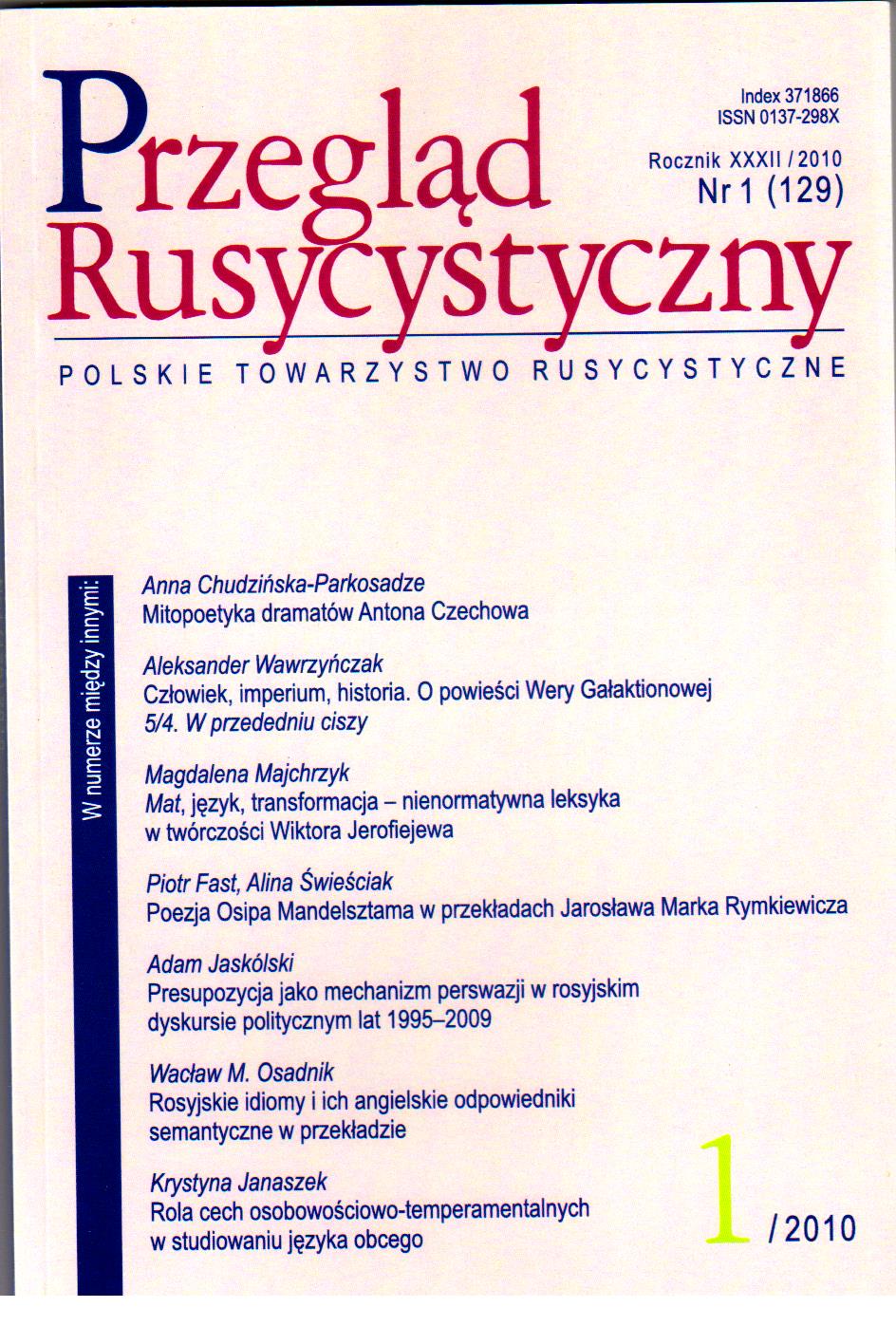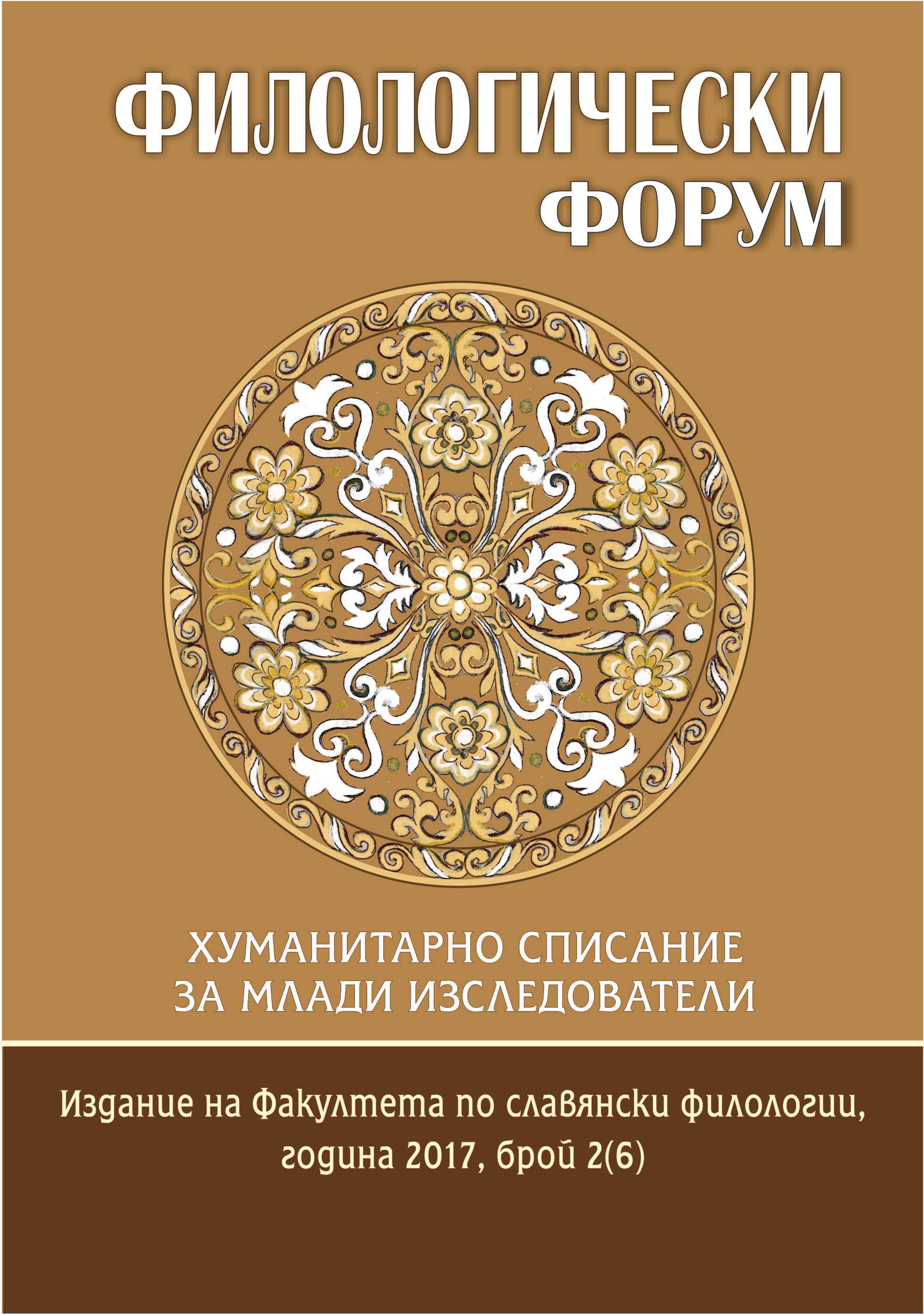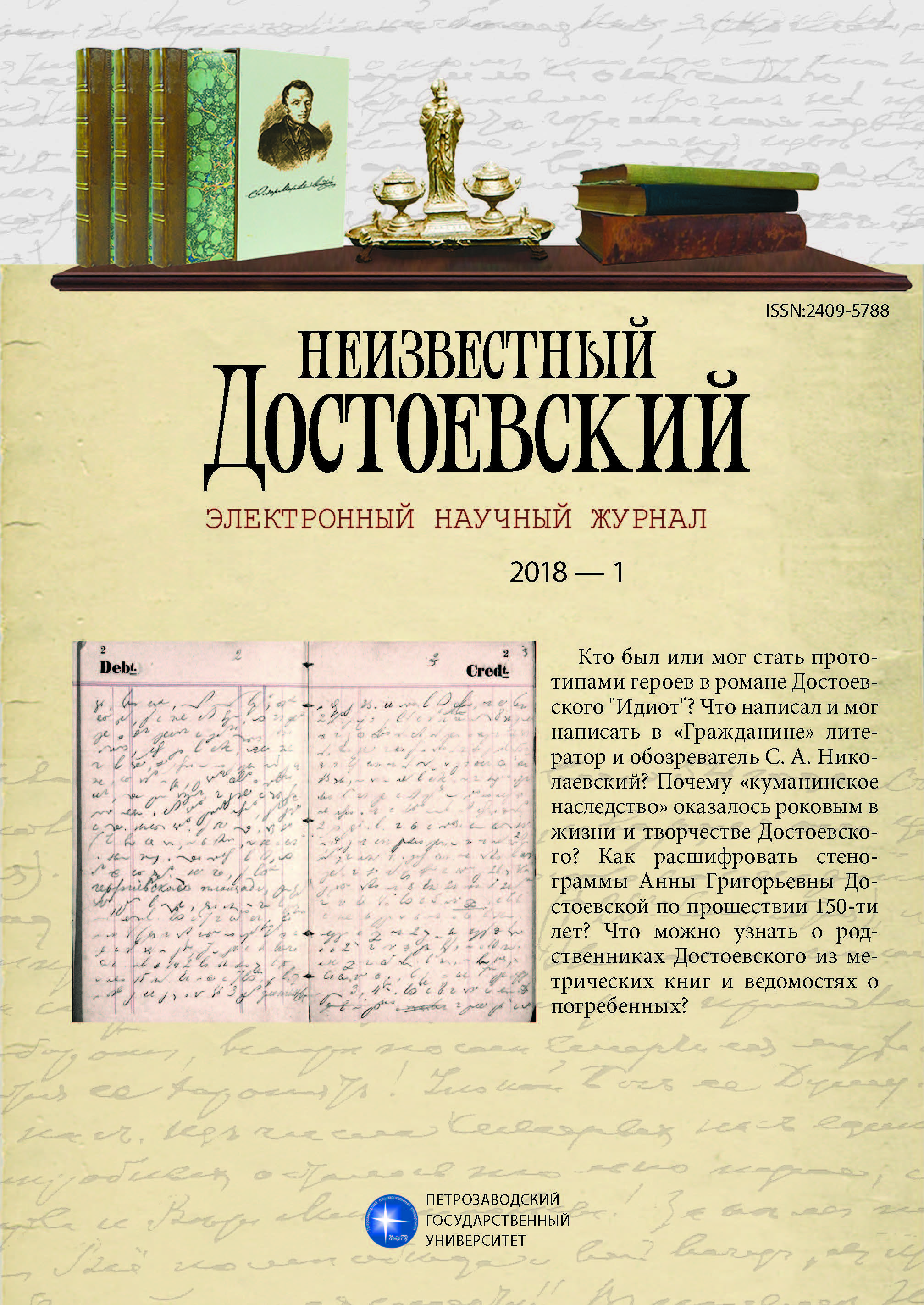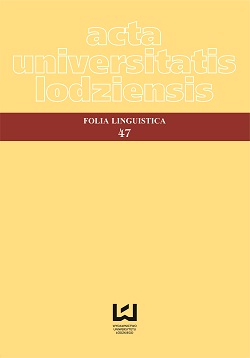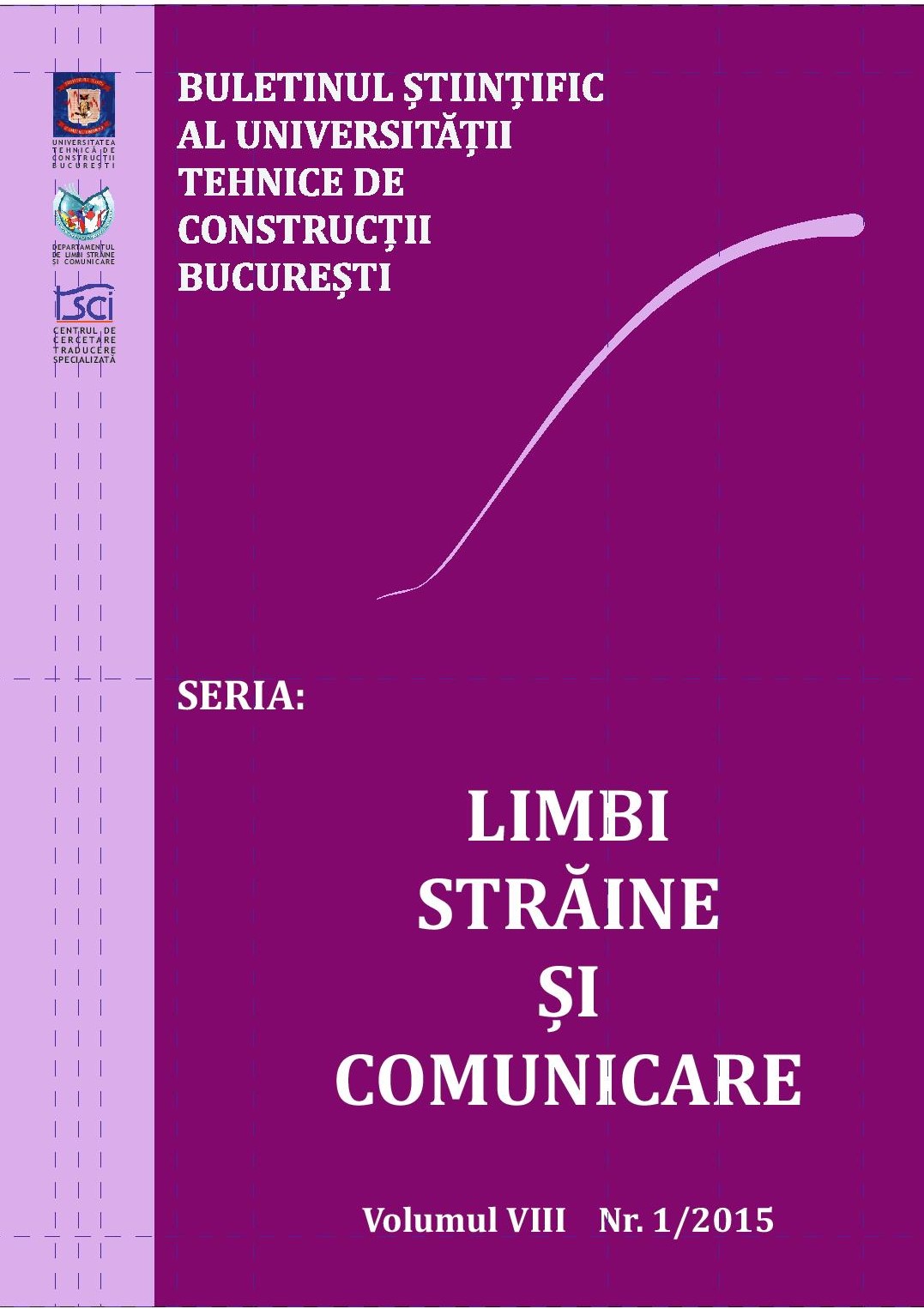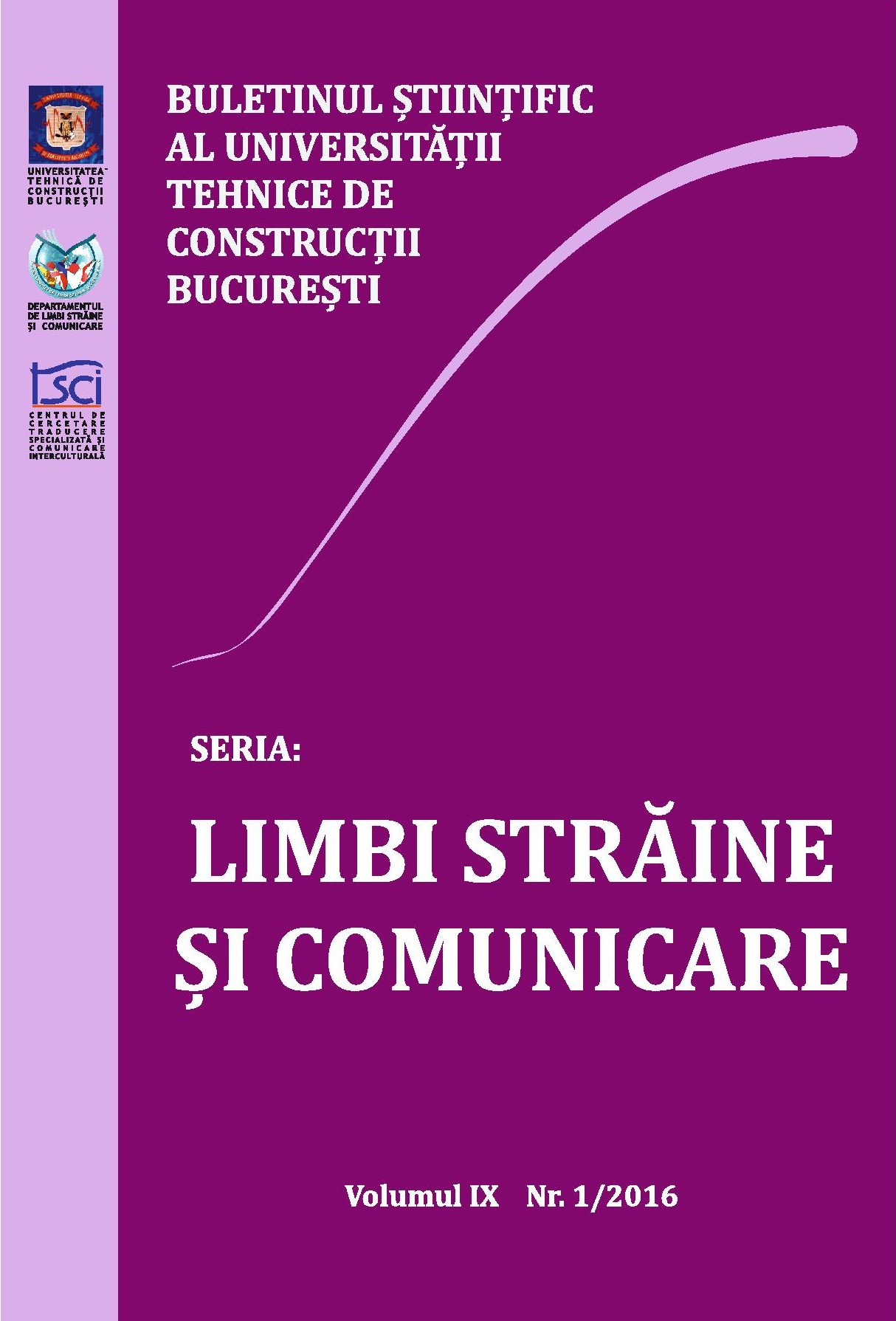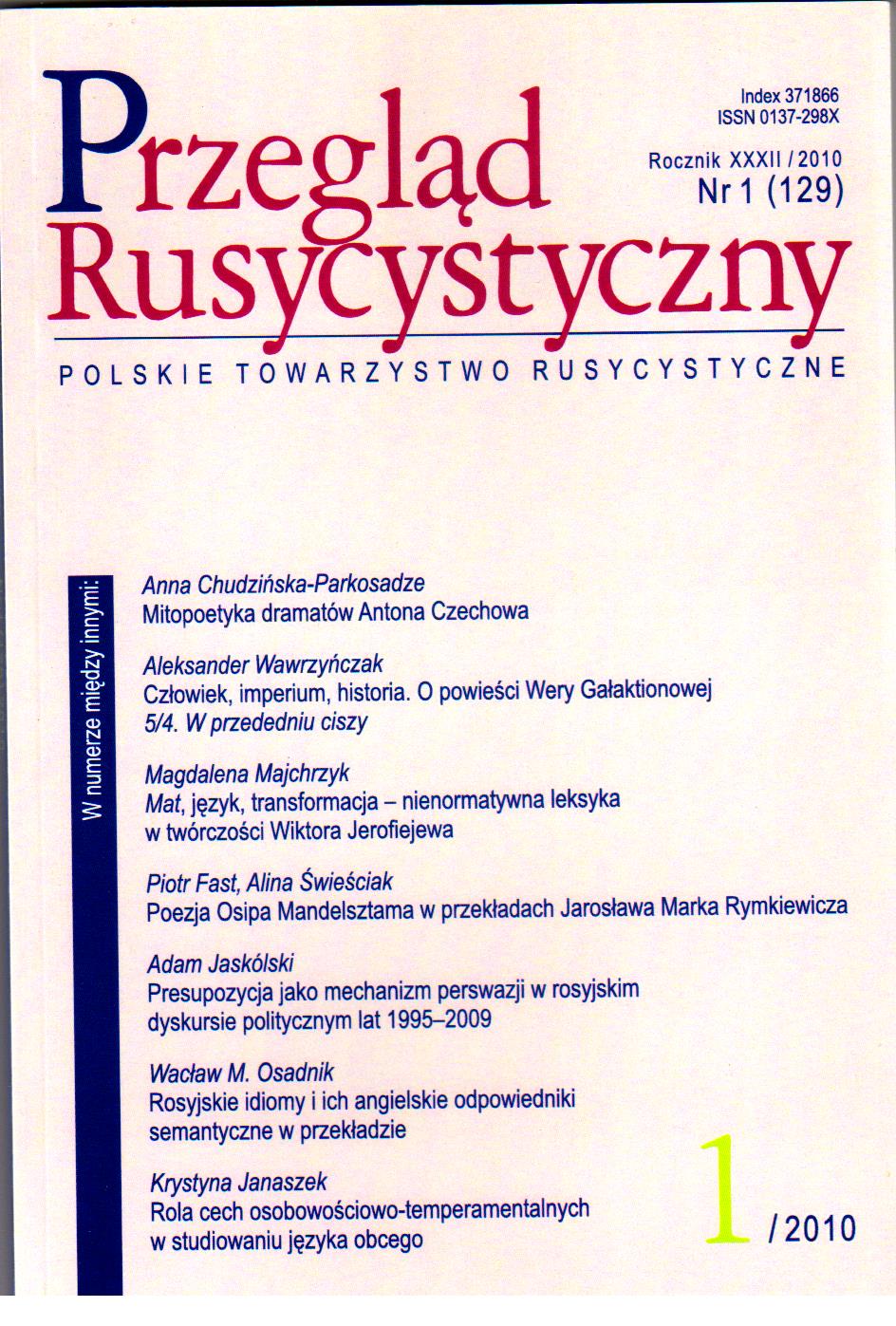
Чемодан Марголина
The main source of this work — memoirs of Kargopollag’s prisoners. The object of examination is phenomenon of ignoring (perhaps deliberately) to depict of nature whendescribing one’s experience in a camp. The author looks for an explanation of the phenomenonand makes some cautious conclusions. In the worldview of a prisoner nature was an enemy, unpersonified source of fear and possible aggression, a source that must be avoided. Prisoner’sperception of the world thereby narrowed down, what has resulted in the so-called “tunnelvision” — an effect common among the freed prisoners with acute psychiatric disorders.Some rare cases are discordant with this general tendency and there are memoirs, whereauthors describe Kargopol’s nature. This happens when in the potential enemy the prisonersaw some use, for example, a possibility to satisfy hunger. But in most of the memoirsKargopol’s nature, that surrounded prisoners for many years, has become “the lost objectof history”.The main source of this work — memoirs of Kargopollag’s prisoners. The object of examination is phenomenon of ignoring (perhaps deliberately) to depict of nature whendescribing one’s experience in a camp. The author looks for an explanation of the phenomenon and makes some cautious conclusions. In the worldview of a prisoner nature was an enemy, unpersonified source of fear and possible aggression, a source that must be avoided. Prisoner’s perception of the world thereby narrowed down, what has resulted in the so-called “tunnelvision” — an effect common among the freed prisoners with acute psychiatric disorders.Some rare cases are discordant with this general tendency and there are memoirs, whereauthors describe Kargopol’s nature. This happens when in the potential enemy the prisonersaw some use, for example, a possibility to satisfy hunger. But in most of the memoirsKargopol’s nature, that surrounded prisoners for many years, has become “the lost object of history”.
More...
